Weeds — Bane of Your Existence, Or… ?
Weeds. We can never get rid of them. They grow everywhere and anywhere, and especially where we don’t want them. We have to deal with them every single year, why oh why do they keep coming back???
Have you ever thought the things above or something along similar lines? There is a reason, friends, it isn’t for naught that weeds exist. Read on to learn what they are telling you…

For the first time in my life, I am disappointed we do not have as much weed growth this year. In all other years, they have been a pain in the neck, literally, because we are required to do weed abatement here for fire control. I’ve been eagerly waiting for early spring to arrive so I can load up my 40 gallon trash cans with mowed weeds and wild grass for making JLF. Last year by this point, we had grass almost up to my knees and so much available for JLF, it was fantastic. Anything leftover, which was a lot, we just let lay on the land as mulch. This year — nada. Just a lot of manageable, low growing stuff. 🙄 So JLF for next year is looking a little grim to my disappointment. I’m going to have to use other resources! (…Probably the open land next door. 😉) Is it weird to like weeds?
What I’ve found out is that weeds tell a story, the beginning of a story. Many soils today are stressed. They are exposed to more chemicals, salts, compaction, heat extremes, and other stressors than ever before. Frequently, we want bare soil for certain reasons so we scrape the plant life and organic matter away, often using machinery which compacts the soil. In doing so, we are further stressing the life in the soil, giving them nothing to feed on. Or perhaps we use herbicides. Herbicides are often classed as antibiotics, which means they kill off a certain amount of soil life. All of the above requires the soil to start over again from scratch. This means going back to the very basic of life forms — bacteria. If we plant trees in such dirt, they often struggle with a lack of fungi in the soil. To cover up these issues, we spray all the chemicals on them, making them dependent on synthetic fertilizers and prone to pests, disease, and failure.
The fact is that nature does not like bare soil. Bare soil is dead soil, nothing more than dirt, rocks and very low carbon matter, very low microbial life. Such soils typically are either very compacted or very sandy. Sometimes we may have loose dirt on top and compacted dirt underneath from plowing and tillage. Because of the low carbon matter, these soils are unable to absorb water efficiently, so in the case of compacted dirt, you may see rainwater just run down over the surface. We also may see erosion issues in other cases.
The Earth is meant to spread plant life, as all other life on this planet is reliant on plants to survive. So nature is constantly trying to correct the bare soil problem. Because there is no life in the dirt, it has to start at the beginning.
Perhaps you have seen plant succession diagrams such as this one below?
Weeds are a great starting plant. They grow fast, they’re hardy, and they accumulate a ton of minerals from deep down with their long tap roots. Some weeds even have roots going down as far as 20 feet! When their lifecycle ends naturally, they drop their leaves on top of the soil which then adds organic matter to support more microbial life, it remineralizes the soil with plant-available nutrients, it increases water-holding capacity, and their roots left in the dirt create pockets loosening the dirt, their root exudates attract biology and put solar energy into the dirt, the root as it breaks down provides more organic matter and food for microflora. Through weeds, the Earth is effectively creating living soil.
What’s interesting is that often these plants are able to accumulate the exact minerals a soil may be deficient in. By supplying these to the dirt, by bringing in microbial diversity, and by correcting energy and pH issues with their exudates, they create conditions where other plants can start to grow in the soil they’ve created. As the soil changes over the years, the type of plants will change, each type adding its own purpose to the ground. Weeds truly are the great corrector of soil issues, genuine medicine for many things. As long as we keep making the soil bare and resetting things to the beginning, the Earth will continue to try to “correct” it.
“What is a weed? A plant whose virtues have not yet been discovered.” — Emerson
What’s interesting is that the type of weeds growing can tell us a lot about the soil or dirt we have around us. When Weeds Talk by Jay L. McCaman has some interesting charts in his book showing the types of soils certain weeds grow in. Take for example dandelions:
Dandelions will grow in soils very low in calcium, very high in potassium, high in chlorine, low in humus, with poor decay processes, and good drainage. “The roots of dandelion will go 3 feet deep to bring calcium and other minerals to the surface. It likes excess nitrogen. It is a humus producer that earthworms like. It has as much protein as alfalfa but does not dry down quickly. It grows early in the spring to cover the soil and reduce the temperature. It is a source of of silica or silicilic acid and potassium. It has health benefits. Blossoms will add calcium and silica forces to compost. If a root breaks it will regrow. The fungus “Sclerotinia minor” will absorb plant tissues but will not harm turf grass.”
Did you notice how dandelions grow in soils low in calcium but what they bring up with their humongous roots is calcium? Isn’t that fascinating? This is an analysis of what has been found in dandelions for minerals by parts per million:

This is a perfect example of nature correcting what needs correcting. Another example is ragweed:
Ragweed grows in soils very low in calcium, low in copper, low in humus, low in beneficial microbes, very low moisture, poor decay of organic matter, and high in aluminum. “Ragweed requires an open, dry soil with the potassium complexed. There are seventeen species in North America. The soil is also deficient in copper. This deficiency is in the mucous membranes [in people as well]. This triggers a reaction to ragweed pollen. Compared to corn, it uses three times the water to produce one pound of dry matter. It is a short day plant that collects lead from the soils. Pollen production may be doubled by higher carbon dioxide. Pollen is very light it flies very well. Red clover frost seeded into wheat will reduce ragweed populations. Then mow the weeds and clover will stimulate clover growth.”
In one analysis, common ragweed contained in ppm 18,000 calcium, 23,000 phosphorus, 34,000 potassium, 7,800 magnesium, 1.07 cobalt, 110.83 manganese, 277.92 iron, 78.33 zinc, and 9.92 copper. Again we see nature bringing in the needed minerals.
And a third example is nettle:
Stinging nettle grows in soils very low in calcium, very low in phosphorous, very high in potassium, very high in magnesium, high in manganese, very high in iron, very high in silica, very high in cobalt, high in zinc, high in boron, high in chloride, very high in selenium, low in humus, low in porosity, tendency towards anaerobic bacteria, high in moisture, hardpan in soil, poor decay of organic matter, soil that develops a crust due to poor calcium to magnesium ratios, and high in aluminum. (Soils high in aluminum often have calcium deficiency or the calcium is tied up. When calcium and pH are correct, aluminum is suppressed.)
Stinging nettle “functions to improve soil aeration. The poor decay can lead to methane, ethane, or butane fermentation. It is a good source of Vitamin B1. It has healing properties in that it can help [the] heart. It dissolves cholesterol in the vascular system. It can also act as a fungicide. It is one of the richest sources of chlorophyll in the plant kingdom. It has more calcium, sulfur, boron, and phosphate than alfalfa. It is necessary to cut and dry it so animals will not avoid it. Wilting neautralizes the formic acid in the spines on the stalk. It helps respiratory ailments and is hard on worm. Biodynamic growers like [it] in BD 504 as an iron source.”
Nettle is truly a power horse with the minerals, check out these numbers in ppm:

What a multivitamin! It is jam-packed with all sorts of goodness. Again you see where it is correcting the deficiencies of calcium and phosphorus. It is also correcting the aeration of the soil. Amazing stuff!
Notice too that the type of weed told you what was going on in the soil it grows in. So just by identifying what groups of weeds we have in our yards, we are made aware of deficiencies and excesses. It’s like a free soil test and analysis. Now we see what we are looking at and we understand the connection in a yard full of weeds. The weeds are there for healing the soil and they aren’t growing there entirely by chance.
“Each weed species is genetically keyed to replace a specific deficiency.” — Arden Anderson, The Anatomy of Life and Energy in Agriculture
The remarkable thing is that we can then use these weeds as cover crops to improve our soils. We can also ferment them and turn them into fantastic fertilizers feeding our soils what they likely need. I often use weeds as mulch. If you cut them before they fully flower, leaving the root in the soil for those benefits, and lay them on top of the soil— they make a great mulch that not only adds nutrients to the plants we want to grow there but also improves soil structure as it breaks down. Only let a few flower if you wish for them to return to your yard, which who knows? Maybe you will want that with certain types of weeds that are useful to you.
Now granted, not every weed may be good for cover crops. Some are poisonous, like black nightshade or Jimson weed, we may not want our animals around these or to apply them to food crops. Others may not break down very well, and some weeds are incredibly invasive. But in general, weeds do make a great cover crop, mulch, or compost addition because their job is to collect nutrients, remove toxicities, and improve soil structure. Here are some examples, (not all are weeds to me, but they were listed in the When Weeds Talk book, so I’m listing them here for your use):
For potassium:
Fennel
Borage
Stinging nettle
Sow thistle
Chamomile
Yarrow
The bark of all oaks “Querus”
For phosphorus:
Bridal bower
Marigold
Chickweed
Lemon balm
For sulfur:
Mustard
Fennel
Plantain
For magnesium:
Mullein
Sow thistle
For silica:
Comfrey
Borage
Horsetail fern
And there are more! Comfrey has many minerals and stimulants including manganese, vetches are high in selenium, lambsquarter also had a lot of manganese, and dandelion is high in both calcium and potassium. Stinging nettle and cattail reeds are high in nitrogen. The above are only highlights, many weeds and plants have certain nutrients in high concentrations that make them useful additions to our gardening inputs.
That’s great… but I still don’t want weeds 😒
Okay, so you don’t want to deal with the fuss or you have an area you just want to look nice, I get it! The good news is that the type of soil the weeds are growing in also may give us clues for how to suppress them. Some other excerpts from the book by Jay McCaman gives us some good information. For example, dandelions grow in soils where calcium is low. Supplying a sufficient amount of calcium may cause less of them to grow.
Broadleaf weeds like soil where available potassium exceeds the available phosphate. When this is reversed and the available phosphate exceeds available potassium, there is a reduction in broadleaf weeds.
Grassy weeds are often present in tight or anaerobic soils where their many roots can help to loosen it to allow air and water flow. Soil can be made tight from an excess of magnesium relative to calcium, so sometimes we may see excess magnesium in these soils or the ratio with calcium out of balance because calcium is low. Calcium causes soil particles to move apart for good aeration and drainage, whereas magnesium makes particles stick together. Some soils with excess magnesium have it in the form of Mg3(PO4)2-22H2O. Notice that the last part of the formula is 22 molecules of water. That lets us know why soils high in magnesium tend to dry up and crack when so much water is tied up in a compound instead of being available to plants.
With that much magnesium binding soil particles, it also limits the amount of oxygen in the soil which affects the breakdown of soil organic matter and microbial life. This leads to fermentation of any crop residues instead of proper breakdown, which can add alcohol and formaldehyde to the soil. Often you will see Jimsonweed or velvetleaf in such soils.
The lesson is that most weeds thrive in calcium-deficient soils. When you have a group of weeds, not just a few of one, it can give you a clear indication of what may be the issue and correcting that issue yourself can lessen those weeds. Granted, this can take time but may be well worth it if we have a recurring problem.
So much communication, we need interpreters, not herbicides!
Something that I find fascinating is that the colors of the weed flowers can also tell us what a soil is lacking. It isn’t a hard and fast rule, but interesting nonetheless. When a field is dominated by a certain color, pay attention! The type of weed also can tell us if the soil is toxic. If we want to get rid of them, they really are telling us how they can be fired from their job.
Yellow blossoms can point to sulfur deficiency. The soil may be lacking it or it is being bound up by another mineral.
Blue flowers may point to phosphorous deficiency.
White flowers can indicate low levels of calcium and/or potassium.
Milkweed or hemp dogbane can mean the zinc is complexed so the plants are not getting it.
Foxtails mean the soil is not getting enough oxygen. The soil could be tight or too wet, so it is not able to respirate properly and carbon dioxide and ethylene build up in the soil. Millet loves the same conditions as foxtail and can be used to remedy the soil.
Velvetleaf is present to clean up excess methane gas. Often this happens because the bacterial balance is out of whack or non-existent. Things are not decaying and breaking down properly causing fermentation. This can happen because soils are waterlogged, too compacted, or lack microbial life.
The point is, if we fix the soil condition the weed is trying to fix, often the weeds will go away. For a few years in a row, we mowed our weeds and let them lay as mulch on the soil while the roots remained in the soil. This allows for the soil to be broken up by the roots and adds the carbon and mineral matter back to our soil. Now we see the types of weeds changing on our land.
Changing the microbes and acidity
Do you remember the plant progression picture above? This is another version of it from Matt Powers book, Regenerative Soil, (in his section on nitrogen, which is partly why those two forms are mentioned here):
This one gives us some additional information. We see that in plant and soil progression, weeds like bacterial dominant, alkaline soil with low organic matter, and low moisture. So basically, degraded soil as we’ve discussed.
If we alter those conditions, weeds will no longer want to grow there. We can do this by making the soil more acidic and fungally dominant. What is an easy way to do that? Wood chips. A thick layer of them will act as a mulch that acidifies, adds fungus, and traps in moisture. If we further add in the type of plants that prefer this kind of soil, such as shrubs, vines, and fruit or other deciduous trees, their root exudates should eventually help the system to cultivate other types of microbes which facilitates this balance. We can give it a further boost by inoculating the wood chips with leaf mold soil collected from old-growth forests. Mycorrhizae and weeds do not get along, so increasing those fungal relationships in our soil is a huge weed preventer. Getting that fungus-to-bacteria balance to at least 2:1 should help to make a lot of corrections and then getting it to at least 5:1 and above favors deciduous trees.
This should make us mindful of even the composts we are putting around our plants. Most composts are bacterial-dominant, but we want fungal dominance. So we want to make or buy compost that is geared towards fungal growth, i.e. less greens and more browns, more fallen leaf litter, etc. Also, some composts can be quite alkaline, so checking the acidity before applying can be helpful in areas we want to avoid weeds.
Remember that weeds most often grow in soils lacking organic matter because their job is to help build that. So in some cases, just applying and building humus in the soil can help to eliminate certain types of weeds.
Also remember that many weeds grow in soils low in calcium or other nutrients. Some farmers apply liquid calcium mixed with molasses 50/50 when planting their crops because they have found this to slow weed growth while concurrently feeding their crops. Others have found that regular spraying of fish, molasses, and biologicals can cause some weeds to disappear. It’s essentially getting rid of the reason bringing that weed to that soil.
Other farmers have found that planting certain cover crops can get rid of weeds. For example, white clover planted in with asparagus can help to boost the asparagus while controlling weed growth at the same time. In other cases, some plant oat, wheat, rye, or certain sorghum varieties in fields. When the crop residues of these are left in the fields to decay back into the soil, they can have an allelopathic effect on weeds, not to mention, they are building soil organic matter. It can be effective to plant rye, wheat, or oats in orchards. In the fall, these can be mowed and blown under the trees for a mulch.
And yet others will turn up a weed plant to expose the roots when they hear a frost or freeze is approaching so that the cold exposure can kill the roots. This may be helpful for some of the more invasive species along with the other things mentioned above.
What is interesting to me is that many of the same conditions that invite pests are what invite weeds. This makes sense because it is a system of breaking things down to build up organic matter and microbial life in the soil. It is always correcting the deficiencies in soil life that helps to alleviate the problems.
So really with weeds, it’s a matter of not keeping the soil bare, always having roots in it or mulches on top of it. This helps to either build soil structure or to keep it intact so that there doesn’t become a need for weed reparation.
Are we hearing what they are saying?
(🦻 Hold on a sec, just need to put on my hearing aids… Okay, ready! )
The name of the book referenced here, When Weeds Talk, is very apt because their presence is telling us a story about the soil they are growing in. Weeds are telling us that soil needs something they are trying to provide, they are trying to help fix the situation. So the question is, are we listening? And who’s going to fix it first, us or them?
If we fix it first, they can no longer hear their heavenly calling in our yards, and alas, they must move on to other deficient soils… probably to your neighbors, just saying. 😜
So the next time you see a weed, view it as it really is — A multivitamin for your soil, nature’s prescription to heal the land.
(This article was focused on information provided in the When Weeds Talk book by Jay L. McCaman. I’d like to point out two other great books with insights on which weeds grow in certain soils and what nutrients stop them: Science In Agriculture by Dr. Arden B. Anderson and Weeds, Control Without Poisons by Charles Walters Jr.)






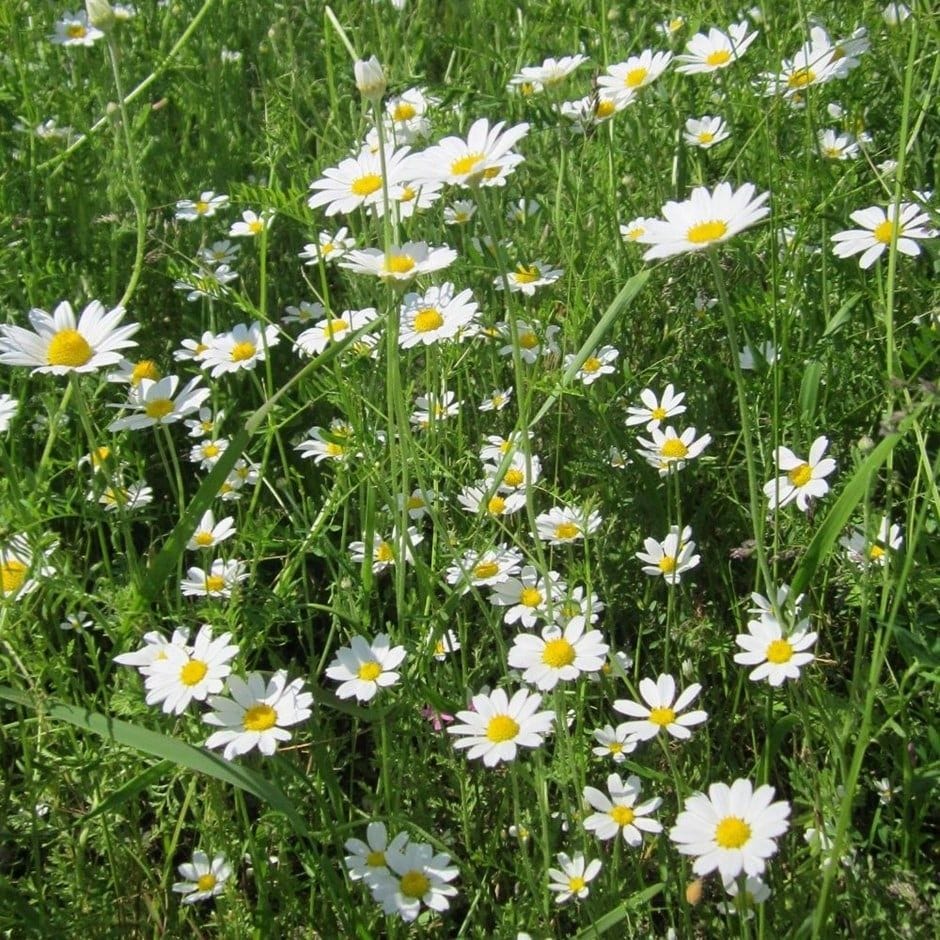
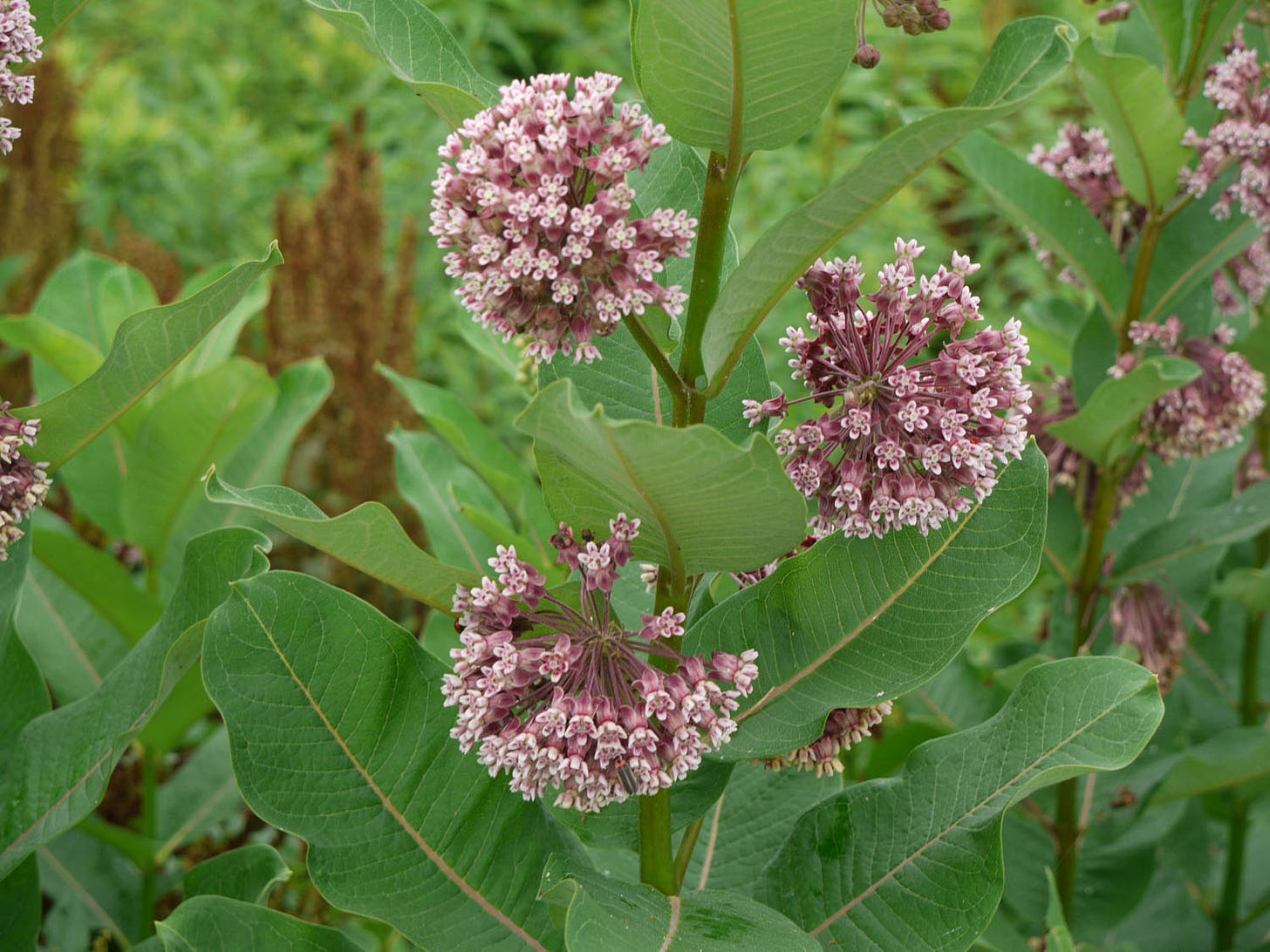
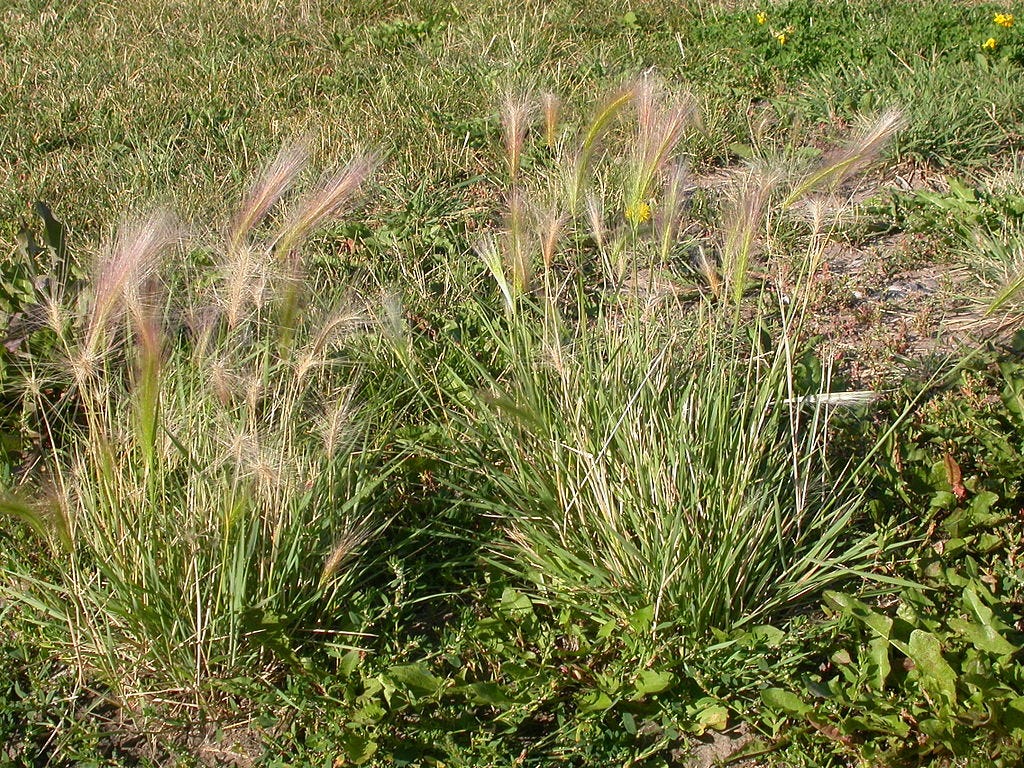
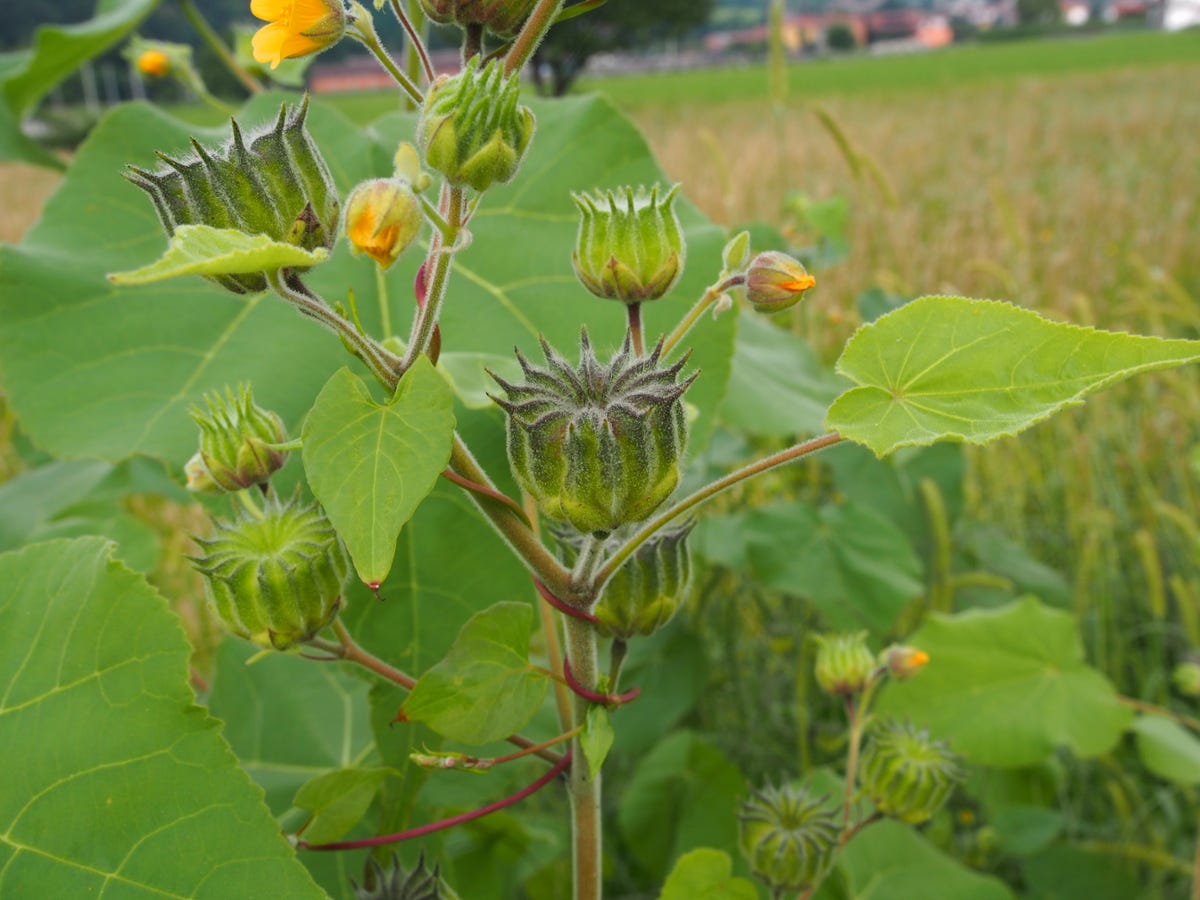
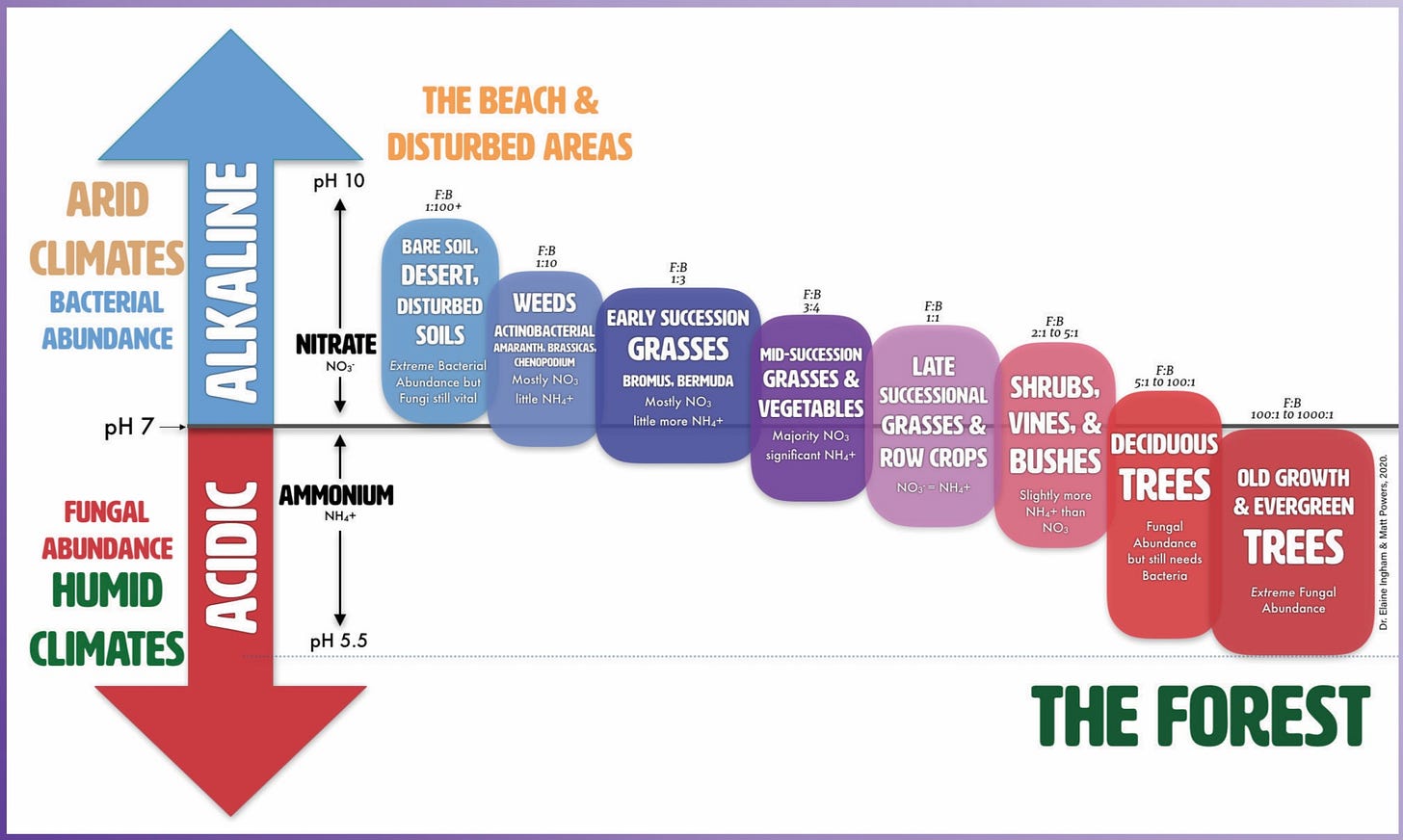

Fig Jam, first let me thank you for a wonderful article. So much knowledge that gardeners need to know. As a fellow fig grower I am wondering how you are incorporating calcium into your fig propagation. I grow my trees in pots with some Jadam principles and some synthetic fertilizer. Wood chips and biochar. Any specific things you recommend I try? Thanks. Robert
This had loads of great info…..I think Emerson sayed, "What is a weed? A plant whose virtues have not yet been discovered." —exploring overlooked aspects of nature opens doors to the future we want to live in.